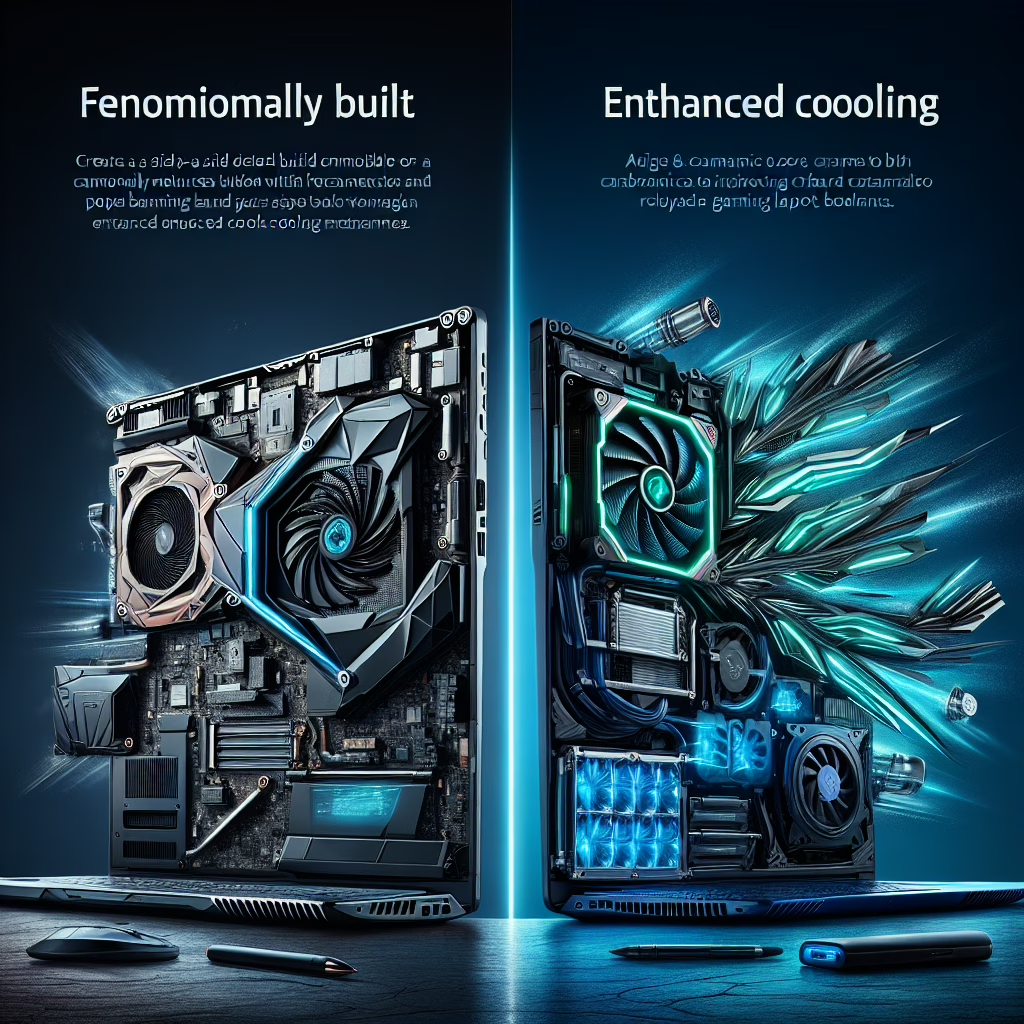In the ever-evolving world of gaming laptops, size truly matters! When you think about gaming performance, you might picture sleek, compact machines zipping through your favorite titles. But hold on tight—let’s explore how the Alienware 16 with its RTX 5080 graphics card outshines the Razer Blade 16 sporting an RTX 5090. Buckle up for a delightful ride through specs, comparisons, and maybe a chuckle or two!
Why Alienware’s Size Gives It an Edge
The Alienware 16 is a true beast of a laptop. With its generous size comes not just a flashy design but also ample room for cooling systems that make sure those high-performance components don’t overheat like a laptop left in the sun. Think of it as a cozy little home for your GPU.
On the other hand, the Razer Blade 16 is a real contender. Slim and sleek, it looks like it could slice through the competition. However, this slimness comes at a price: limited cooling capabilities. The RTX 5090 may boast impressive specs, but if it’s running hot enough to fry an egg, performance can take a nosedive.
Performance: Alienware vs Razer Blade
Let’s get into the nitty-gritty of performance—where the magic happens! When testing gaming laptops, benchmarks are our best friends. In many scenarios, the Alienware 16 consistently edges out thanks to its optimized architecture and superior thermal management. This means gamers can enjoy long sessions without worrying about throttling.
Sure, the Razer Blade 16 has its moments of glory with high frame rates in select titles. However, can it sustain that performance without turning into a space heater? The answer often leans towards no when you push it to its limits.
The Importance of Portability
While we all love our gaming rigs to pack a punch, some gamers prefer their machines to be portable—like having a pet that doesn’t need to be walked! Here, the Razer Blade shines with its lightweight build and sleek design. It’s like carrying around a thin novel instead of an encyclopedia, which is perfect for those who want to game on the go!
But let’s not forget about practicality! The Alienware 16 may not win any awards for portability, but it compensates with upgradeability and options for customization. Gamers who enjoy tinkering might find joy in swapping out components without needing advanced degrees in engineering.
The Price Tag Dilemma
Now let’s discuss that ever-important topic: money! The price tag on these machines can make anyone break into a cold sweat. The Alienware 16, while perhaps slightly more expensive than some competitors, offers fantastic value when considering performance per dollar spent. It’s like getting a luxury car at economy prices!
On the other hand, the Razer Blade 16, while beautiful and powerful, often comes with a hefty premium that might make you question if it’s made of solid gold or just fancy aluminum. Price-to-performance ratio matters here, folks! Keep this in mind when making your choice.
User Experience: Which One Wins?
User experience can feel like choosing between chocolate and vanilla ice cream—both are great but serve different cravings! The Alienware provides an immersive experience with customizable lighting and user-friendly software that makes tweaking settings as easy as pie (and just as satisfying!).
Meanwhile, the Razer Blade offers slick aesthetics and smooth operation but sometimes lacks the depth found in Alienware’s suite of features. Gamers might find themselves wishing for more options down the line, especially when deep customization is on the wishlist.
A Final Showdown: Which One Should You Choose?
If you’re looking for sheer power and don’t mind lugging around a bit of extra weight (think of it as your gym workout), then the Alienware 16 is your best bet! It balances performance with functionality without overheating your lap—or your wallet too much.
If portability is your main priority—if you dream of gaming in coffee shops or on long flights—then consider giving the Razer Blade 16 a shot. Just remember to keep an eye on those temperatures; after all, nobody wants their gaming sessions interrupted by thermal throttling! Investing in a cooling pad might just be a good idea to maintain performance on the go.
No matter which laptop you choose, both have their merits and will undoubtedly enhance your gaming experience. So grab your snacks, settle into your favorite chair, and dive into those epic adventures!
What are your thoughts? Have you had experiences with either machine? Share your insights below—we’d love to hear from you!
A huge thank you to Notebookcheck for providing such insightful information that inspired this article!

